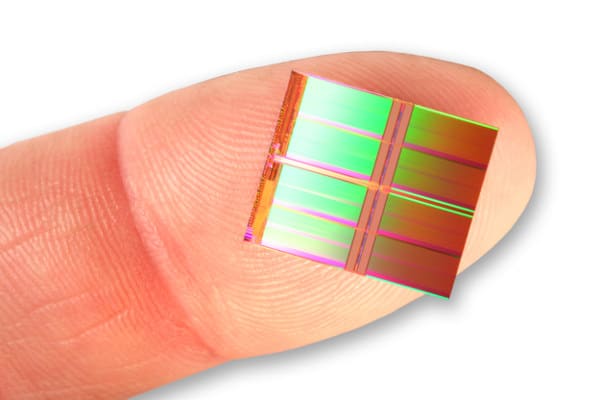IM Flash Technologies (IMFT), the name of the Intel Corporation and Micron Technology joint-development venture, have announced the world’s first 20 nanometer, 128Gb, MLC NAND. In addition to this announcement, both companies will begin mass production of their 64Gb 20nm NAND. Their new 20nm monolithic 128Gb device is the first to enable a terabit (Tb) of data storage in a fingertip-size package, using just eight die, which double the storage capacity and performance of the companies’ existing 20nm 64Gb NAND device reaching speeds of 333 megatransfers per second (MT/s).

IM Flash Technologies revealed they were able to accomplish such a feat because of an innovative new cell structure that enables more aggressive cell scaling than conventional architectures. Their 20nm NAND uses a unique planar cell structure to overcome the issues that inherent with such an advanced process. By integrating the first Hi-K/metal gate stack on NAND production, the planar cell structure was able to break the scaling constraints of the standard NAND floating gate cell.
Intel and Micron stated that by increasing the December production of their 20nm 64Gb NAND flash product, it will enable a much easier transition to the 128Gb device in 2012. A limited supply of the new 128Gb device will be available in January and will begin mass production by the first half of 2012. This impressive achievement will further enable greater densities and overall fab output. Intel and Micron also believe that it will help other companies’ development teams gather the expertise required to design complex storage solutions and refine future technologies.




 Amazon
Amazon